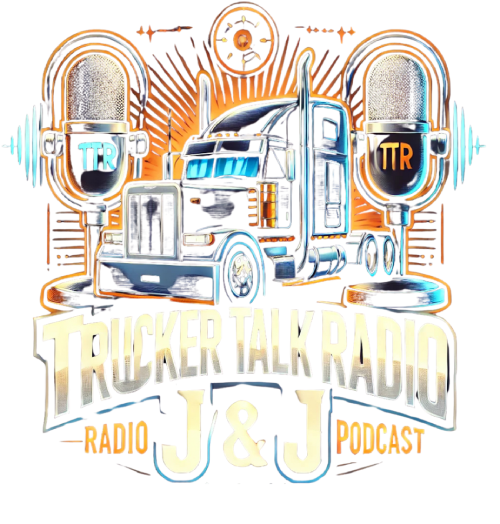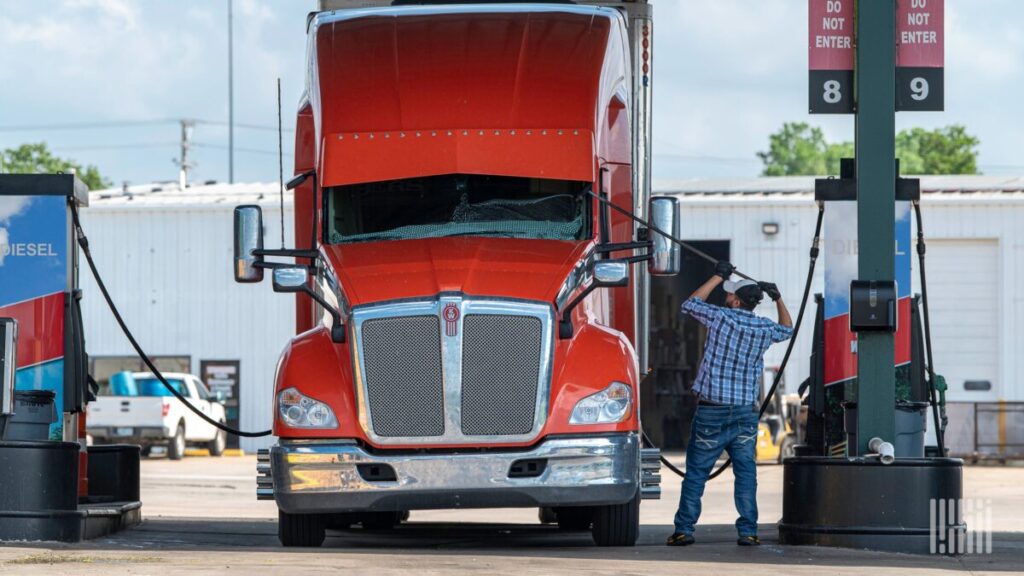Final Independent Contractor Rule Released by DOL
Over a year after its initial proposal, the Department of Labor (DOL) has officially published its final independent contractor rule. One leading analyst noted that it remains “little … changed substantively in comparison to the proposed rule.” Despite this, some minor provisions are seen as beneficial to the trucking industry.
Guidance for Wage and Hour Division
The DOL’s rule serves as the guidance for the Wage and Hour division when addressing related issues. Following its release on Tuesday, analyst Reibstein remarked that the final version held no surprises, stating that only minor adjustments were made, despite receiving over 55,000 comments during its proposal phase.
Response from the American Trucking Associations
Shortly after the rule was published in the Federal Register, the American Trucking Associations (ATA) criticized its contents. ATA President Chris Spear expressed concern that the rule limits individuals’ freedom to choose their work arrangements, asserting that it complicates standards and threatens the livelihoods of many truckers. The ATA plans to collaborate with Congress to challenge this rule.
Incremental Changes Acknowledged by Analysts
While the ATA’s response was severe, Reibstein’s analysis was more moderate. He emphasized that the DOL’s final regulation mirrors its prior proposals, describing it as “an administrative interpretation” rather than a strict regulation. Trucking-focused law firm Scopelitis noted some “incrementally positive changes” in the final rule, stemming from industry feedback, particularly concerning the consideration of capital investments by workers.
Discussion on Investments and Equipment
The revised rule included a more comprehensive examination of independent contractors’ owned or leased vehicles. One previous concern was that personal investments by workers were not viewed as indicative of “capital or entrepreneurial investment.” Although the DOL did not significantly revise its stance, it acknowledged some arguments supporting the importance of these investments for determining economic independence.
Key Factors for Worker Classification
The DOL maintained six critical factors for classifying workers as employees or independent contractors, consistent with the Trump administration’s rule. These factors consider aspects such as the integration of services into the employer’s business, the contractor’s investment, and control level by the principal. Notably, the revised rule emphasizes that compliance actions alone do not indicate control, providing more clarity for contractors.
Conclusion and Future Implications
The history of the DOL’s independent contractor rule includes shifts from the Trump to Biden administrations, with the latter replacing the former’s definitions. Reibstein reminded readers that while the DOL’s regulations spark debate, they do not establish definitive criteria for independent contractor classification, as courts have the ultimate authority in such determinations. Understanding these regulations is crucial for industry stakeholders moving forward.


